Aquariums for 300 liters: dimensions, selection and equipment

A 300 liter aquarium is a serious and responsible purchase. Most likely, this decision is no longer made by a beginner, but by a person who had experience in creating the underwater world, but in more miniature versions. If this is the first experience, all the more you need to take into account all the nuances when buying such an aquarium.
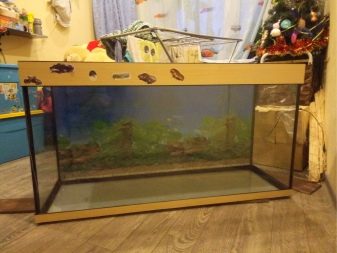

Advantages and disadvantages
The indisputable advantage of a 300 liter aquarium is its impressive volume, which allows you to create a truly sustainable habitat for a large number of inhabitants. This will both decorate the interior and create a kind of relaxation zone.
However, one must be prepared for the fact that it will be impossible to easily rearrange it. Often, before installing such a large aquarium, you have to adjust the entire interior of the room to fit it.
In addition, you need to be prepared for the fact that you will have to regularly take care of such a container by spending a certain amount of time on it. For some, this can be a significant disadvantage.
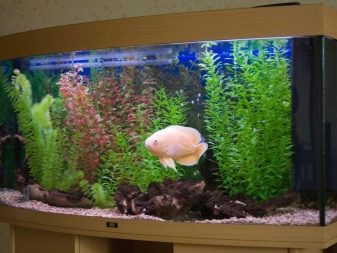

Variants of shapes and sizes
To set up a 300 liter aquarium, you need a sturdy stand, and the floor must be able to support that weight. Only the weight of glass with a thickness of at least 10 mm, from which the aquarium is made, can exceed 80 kg. Thus, a ready-to-run aquarium with a volume of 300 liters with all accessories, soil, cover glass and others will weigh more than 400 kg.
The standard dimensions of a 300-liter aquarium look like this: length 140 cm, height and width 46 cm each. Some aquarium manufacturers prefer slightly different dimensions: length 120 cm, height 60 cm, width 43 cm.
In such a reservoir, the bottom area and, accordingly, the water surface are reduced. This somewhat reduces the specific pressure on the bottom, front and rear windows.

Wall-mounted aquariums are very small in width and impressive in length and height. Without taking up a lot of space, they allow you to revive one of the walls or act as a decorative partition when zoning a room. Currently, you can find corner aquariums, the shape of which allows them to be placed in the most rational way, occupying an empty corner of the room.
There are also low aquariums, suggesting observation of their inhabitants not only through side windows, but also from above.
The shape of such containers does not have to be rectangular, square or hexagonal is acceptable; to increase the strength, it is better to make the bottom of such reservoirs double with additional stiffeners.

How to choose?
When choosing an aquarium, you need to consider the following nuances:
- when choosing a 300-liter aquarium, it is necessary, first of all, to think over the changes that it will bring to the interior of the room;
- an important factor should be the availability of equipment and the reservoir itself, because for carrying out all sorts of necessary measures, such an aquarium will be impossible to tilt or turn, therefore the most important selection criterion is still the form;
- Of course, you will also have to pay attention to the price, the most expensive will be ready-made aquariums with a lid and a specially made cabinet, a reservoir can be cheaper if you make a cabinet for it yourself or use existing furniture.

Where to install?
Placing a 300 liter aquarium is a responsible business. It will be very difficult to experiment with this, because moving will require the complete release of the reservoir from the inhabitants, water and soil. Otherwise, it simply cannot be moved.
Due to the availability and variety of lighting fixtures the most important criterion for choosing a place for installing a modern aquarium is its value as an element of the interior.
But it should be borne in mind that the container should be placed away from heating appliances, direct sunlight and drafts.


How to equip?
Setting up a 300 liter aquarium is not much different from setting up any other.
The soil is quite ordinary - coarse sand or pebbles. It can be purchased at any pet store. The soil layer is selected depending on the needs of the intended plants. When laying the soil, you should try to place a pipeline with a spray in it in order to mask it. It is not superfluous to heat water and soil with the help of heaters.
For a reservoir of 300 liters, an external filter can be used that does not take up the volume of the aquarium. The compressor for aeration and filtration must match the volume.
Lighting is required powerful enough. Due to the great depth, LED strips can be ineffective; you will need fluorescent lamps that simulate the color of the daytime sky in combination with lamps that simulate sunlight.

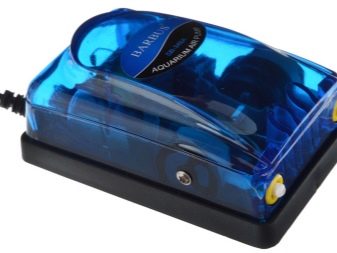
How many and what kind of fish can you keep?
300 liters is actually an impressive volume in which a wide variety of inhabitants can live with sufficient comfort. Even more opportunities are provided by aeration of water, which makes it possible to increase their number several times. You can consider the following options:
- small fish (neons, guppies, zebrafish) can contain up to 100;
- medium-sized catfish - up to 20;
- ototsinkluses up to - 10;
- average size of schooling fish (barbs, gourami) - about 8;
- large (scalars, discus) and ancistrus - within 3-4.
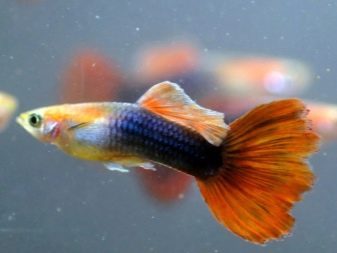



When choosing fish for such an aquarium, it is necessary to take into account their compatibility with each other. If the aquarium is decorative, then, of course, an important factor in the selection will be filling its entire volume. The bottom space will be revived by various medium-sized catfish, the water column can be inhabited by a variety of schooling fish (neons, gourami, zebrafish, lalius, barbs) and a couple of large slow fish (discus, scalar, golden).The near-surface layer of water will be actively filled by live-bearers (guppies, mollies, swordtails).
You can assemble fish and plants according to a geographical principle, imitating reservoirs of certain parts of the world, such a combination can look very organic and quite decorative.

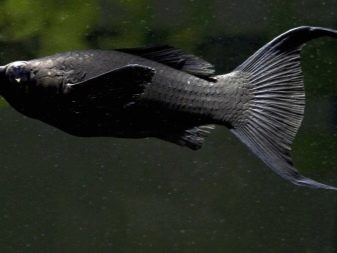
How to care?
The maintenance of a 300 liter pond includes all procedures that are also used for smaller aquariums. It is as follows:
- obligatory daily inspection and control of the condition of electrical equipment;
- regular weekly water change, up to 25% of the volume;
- once a month, thinning and pruning of plants, cleaning the soil and replacing up to 50% of the water volume.


How to clean and change the water in a 300 liter aquarium, see below.








